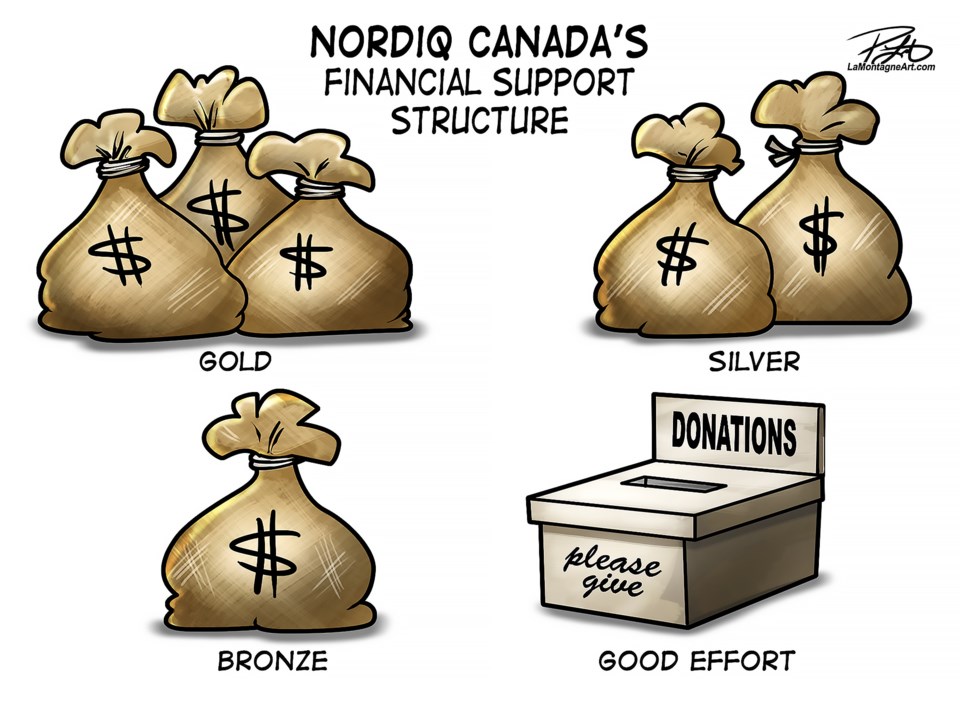There’s a confidence from Canadians that when our athletes go to an Olympic Games they’ll inevitably return with something shiny, hanging from their neck.
At the Winter Games, there is especially a keen itch for us to check the latest medal count graphic. Afterall, it is called the Great White North for a few chilly reasons.
But there may be a time when Canadians start to show up less frequently on those podiums, and that could be coming sooner than later.
Paraphrasing what a national team head coach once said to the Outlook: we have a lot of pressure and expectations to perform at the highest and grandest stages, but it costs money to get there and money is something we don’t have.
Canadians love sports – more than half of our population 15 and older participated in a sport in 2023 – and Canadians love watching our athletes succeed.
Yet, the investment back into our sports system is not particularly good at the moment. It hasn’t been for a while, actually. We’re coming up on 20 years since the last time there was a funding increase to national sports organizations (NSOs).
So why aren’t Canadian athletes being properly supported financially?
For Olympic hopefuls, the cold truth is that it’s a long, tough road financially and that’s how it’s always kind of been for amateur athletes in Canada.
In the latest federal budget, Athlete Assistance Program (APP), or carding, funds went up by $35 million over five years starting in 2024-25, and $7 million ongoing.
The top-up was definitely needed, but still, there is a disconnect from the feds, and NSOs and the Olympic and Paralympic committees quickly issued media statements over the disappointment that their request was largely ignored for an “urgently needed” $104 million annual increase.
It’s estimated that 90 per cent of NSOs rely on government funding to deliver programs and services. Additionally, NSOs are being asked to do more with fewer resources.
Questionable decision-making has seen tax dollars go elsewhere in recent years, such as $4 billion in military assistance to Ukraine, while the European country fights a war against invading Russia. Canada’s funding to Ukraine will go until at least 2029.
Meanwhile, closer to home, amateur athletes are either funded by their parents, and/or work part-time jobs and try to market themselves for sponsorship deals in order to help fund dreams to represent Canada on the world stage.
Biathlon Canada and Nordiq Canada were at the bottom of the totem pole for government-fuelled, performance-based Own The Podium funding for the 2023-24 season among NSOs.
Biathlon Canada described its financial situation as in a “bad spot” and Nordiq Canada is anxiously counting down the days until 2027 when its Strategic Priorities Funds runs dry.
The Outlook has covered the dire financial strain NSOs are facing in stories over the past eight months, including in this week’s pages A6 and A7, titled “Canadian cross-country skiing’s big gamble.”
Both NSOs, whose headquarters are based in Canmore, are rolling with the punches, but those heavy blows are getting through and they’re leaning on the ropes.
Adjusting to circumstances, the lack of funding is adversely affecting things across the board from cutting training camps to fewer athletes having spots on starting lines.
To put it frankly, the Canadian sport system is a bubble ready to pop. Only time will tell which government(s) will be holding the tack.



